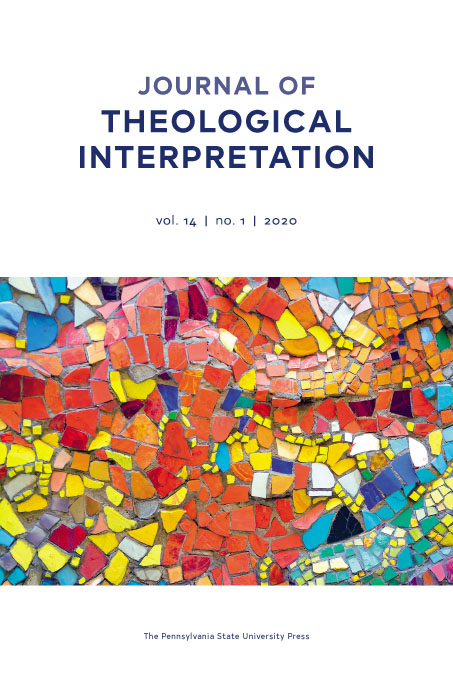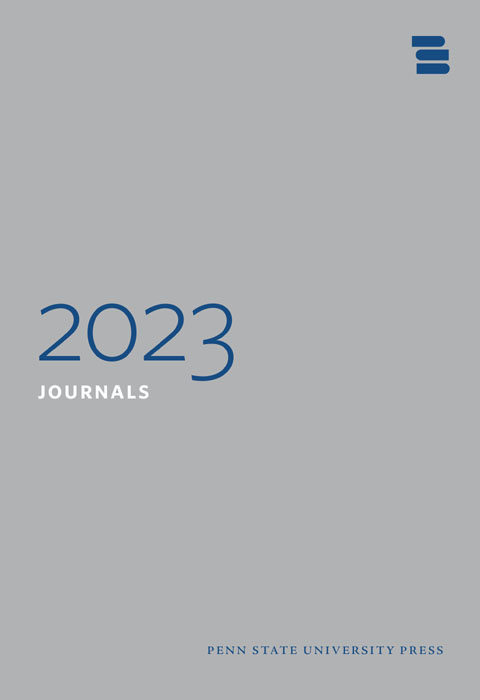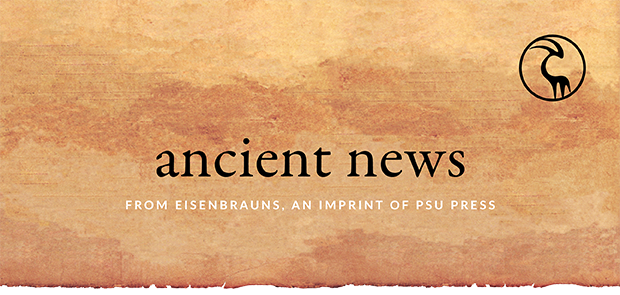
in this issue
general news
Welcome to the June issue of Ancient News!
Our Warehouse Sale is back! We need to make space for more good books, and so we’re offering great deals on our existing inventory. Browse the full sale here, and use promo code WHE23 at checkout to receive the discount. Sale ends 6/25.
Summer conferences are coming! Eisenbrauns will be in-person at RAI in Leiden next month. Stop by our booth to browse books and pitch your projects to editor Maria Metzler! Our books will also be on sale at the European Association of Biblical Studies, so keep an eye out for them if you’re headed to Sicily for the conference.
Finally the Penn State University Press Fall/Winter 2023 catalog, featuring a section of forthcoming titles from Eisenbrauns, is now live! View the catalog here to see what we’re publishing later this year.Enjoy!
warehouse sale
Use discount code WHE23 at checkout. Sale ends 6/25.

The Road Taken
An Archaeologist’s Journey to the Land of the Bible
$37.50 $15.00
“Sy Gitin reinvented American archaeology in the Middle East. A uniquely talented raconteur, scholar, and Mensch, he transformed the sleepy American archaeological school in Jerusalem into an engine propelling meaningful collaboration across daunting divides. Here’s the account—filled with remarkable scientific, political, diplomatic, and above all human surprises, and not a few great stories—of a pioneer in scholarship without borders. The result is a manual for thinking about any historical field from the actual ground up.”
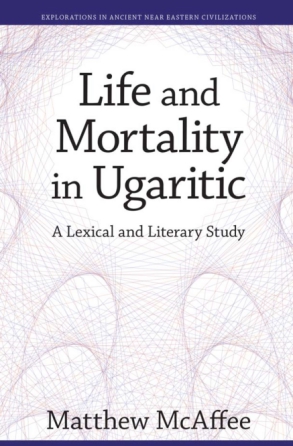
Life and Mortality in Ugaritic
A Lexical and Literary Study
$128.95 $40.00
“McAffee . . . brings much-needed nuance to past philological discussions and is able to confirm and reject previous proposals based on both etymological and literary analysis. McAffee’s most important contribution, however, is drawing attention to the relevance of [concepts related to life and mortality] to the realm of the living, which provides a significant expansion on past research that has primarily addressed them in the context of funerary cult.”
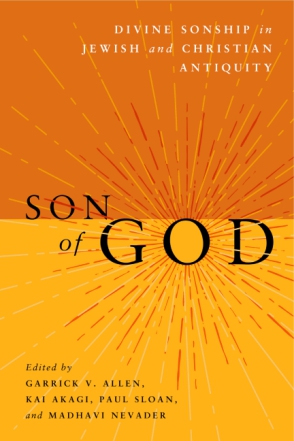
Son of God
Divine Sonship in Jewish and Christian Antiquity
$101.95 $30.00
In antiquity, “son of god”—meaning a ruler designated by the gods to carry out their will—was a title used by the Roman emperor Augustus and his successors as a way to reinforce their divinely appointed status. But this title was also used by early Christians to speak about Jesus, borrowing the idiom from Israelite and early Jewish discourses on monarchy. This interdisciplinary volume explores what it means to be God’s son(s) in ancient Jewish and early Christian literature.
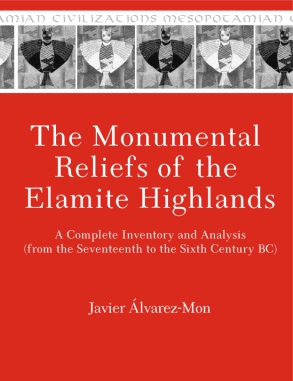
The Monumental Reliefs of the Elamite Highlands
A Complete Inventory and Analysis (from the Seventeenth to the Sixth Century BC)
$106.95 $35.00
“Since the reliefs have been examined from every angle in every possible light to generate minutely detailed line-drawings, which are supported by a rich selection of colour photographs, the book is as much an exercise in cultural heritage preservation as it is an artistic and cultural analysis. Above all, it highlights the immense heritage value of the reliefs and the imperative of immediate action to ensure their preservation.”
new books
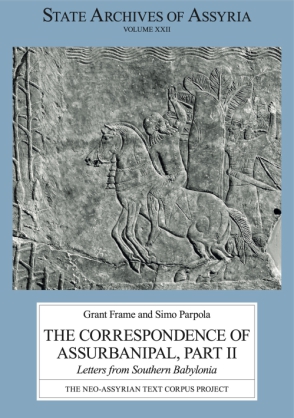
The Correspondence of Assurbanipal, Part II
Letters from Southern Babylonia
Edited by Grant Frame and Simo Parpola
The present volume completes the critical edition of the political correspondence of Assurbanipal, the first part of which was published in SAA 21. The 163 letters edited here were sent from southern Mesopotamia and Elam, mostly by governors or other high-ranking local administrators and military commanders.
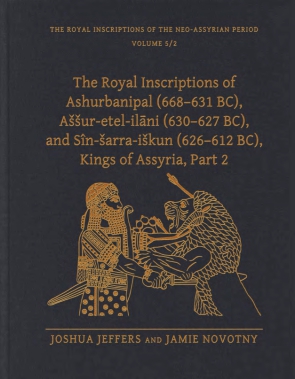
The Royal Inscriptions of Ashurbanipal (668–631 BC), Aššur-etel-ilāni (630–627 BC), and Sîn-šarra-iškun (626–612 BC), Kings of Assyria, Part 2
Joshua Jeffers and Jamie Novotny
This second volume of Joshua Jeffers and Jamie Novotny’s new and updated editio princeps of the inscriptions of the Neo-Assyrian king Ashurbanipal provides reliable, up-to-date editions of 169 historical inscriptions of this seventh-century BC ruler, including all such texts known from clay tablets and presumed to be from Kuyunjik, the citadel mound of the Assyrian capital Nineveh.
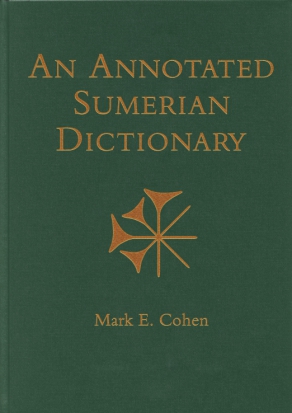
An Annotated Sumerian Dictionary
Mark E. Cohen
Sumerian was the first language to be put into writing (ca. 3200–3100 BCE), and it is the language for which the cuneiform script was originally developed. Even after it was supplanted by Akkadian as the primary spoken language in ancient Mesopotamia, Sumerian continued to be used as a scholarly written language until the end of the first millennium BCE. This volume presents the first comprehensive English-language scholarly lexicon of Sumerian.
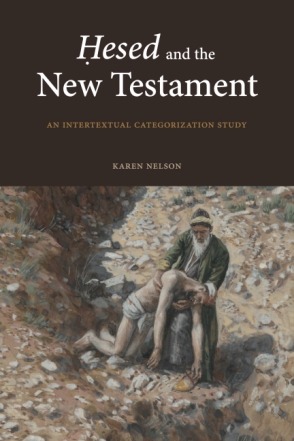
Ḥesed and the New Testament
An Intertextual Categorization Study
Karen Nelson
In press!
Ḥesed (steadfast love, loyalty, devotion) denotes an important concept in the Hebrew Bible that is relevant to interpersonal relationships in every generation. In this book, Karen Nelson investigates New Testament approaches to that concept and the exegetical value of recognizing such engagement.
upcoming exhibits & events
Siracusa, Sicily
7/10–13
Leiden, Netherlands
7/17–20
new from psu press
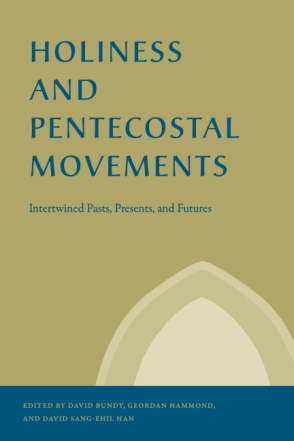
Holiness and Pentecostal Movements
Intertwined Pasts, Presents, and Futures
Edited by David Bundy, Geordan Hammond, and David Sang-Ehil Han
| Control your subscription options |
